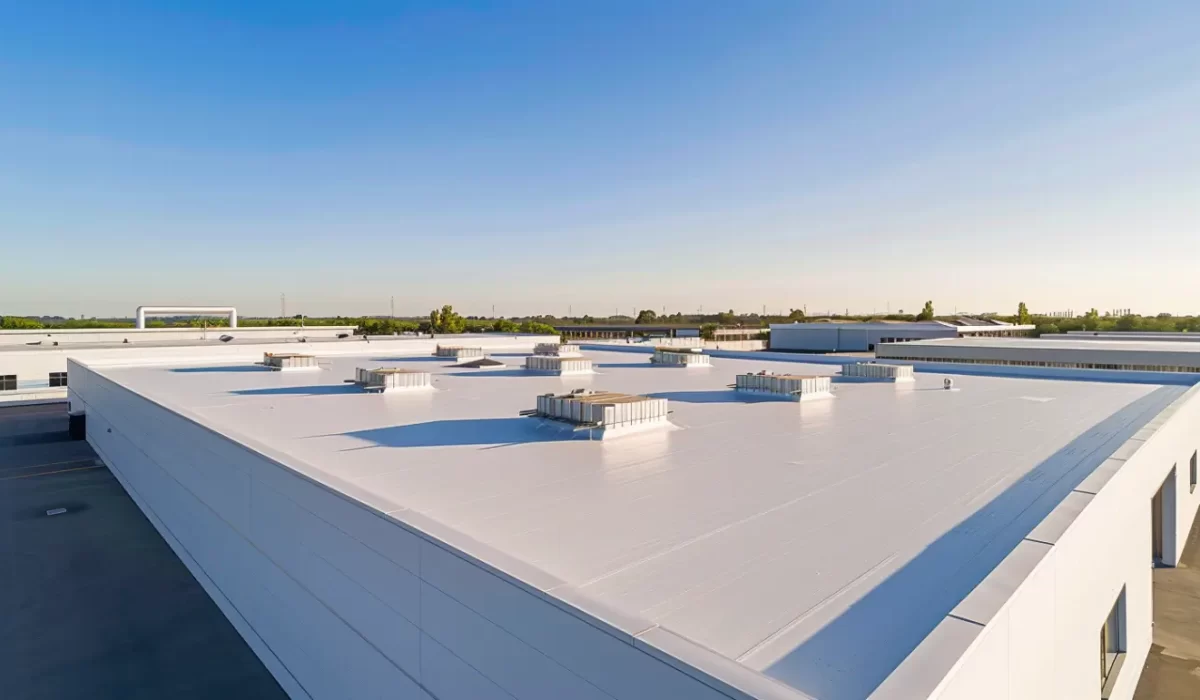Effective energy management is vital in today’s built environment, with roofing systems playing a key role in energy efficiency. Roof design, heat retention, and material selection significantly influence energy consumption and costs. Understanding the relationship between roofing, local climate, and energy use is essential, especially with reflective materials that minimize heat gain. Opting for energy-saving roofing options like those from Fontaine Roofing in Anaheim, CA, reduces consumption and operational costs while improving indoor comfort and lowering carbon footprints. Smart roofing choices enhance building performance, reduce expenses, and benefit the environment.
Roofing’s Role in Energy Strategy
Effective energy management in buildings begins with the right roofing systems. A well-designed roof reduces energy consumption and enhances indoor comfort by minimizing heat transfer, ensuring less warm or cool air escapes. Reflective materials can further keep buildings cooler, reducing the need for air conditioning and lowering energy bills.
When building owners choose energy-efficient roofing, they also help decrease greenhouse gas emissions and contribute to long-term environmental solutions. Integrating these practices into a comprehensive energy plan is essential for lowering operational costs and reducing carbon footprints.
Contact Us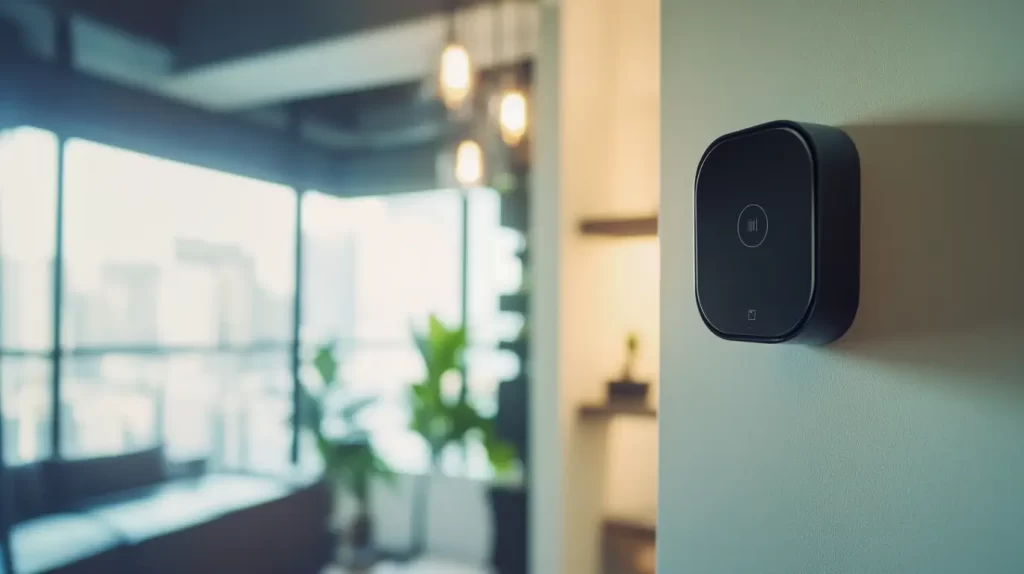
Roofing’s Impact on Energy and Comfort
Quality roof systems are crucial for reducing power consumption and enhancing indoor comfort in commercial buildings. Reflective materials and cool roof designs minimize heat gain and loss, leading to utility savings by maintaining steady indoor temperatures. Proper insulation further improves thermal performance, reducing reliance on air conditioning. These measures boost efficiency and lower greenhouse gas emissions, contributing to a healthier indoor environment for all.
Integrated Approaches
Holistic sustainability plans view roofing as essential for enhancing building efficiency. High-performance systems, like cool and green roofs, reduce power consumption and enhance indoor comfort. Proper insulation and reflective materials minimize heat gain, lowering operational costs while also decreasing greenhouse gas emissions. This benefits the environment and helps building owners save money amid changing climate conditions.
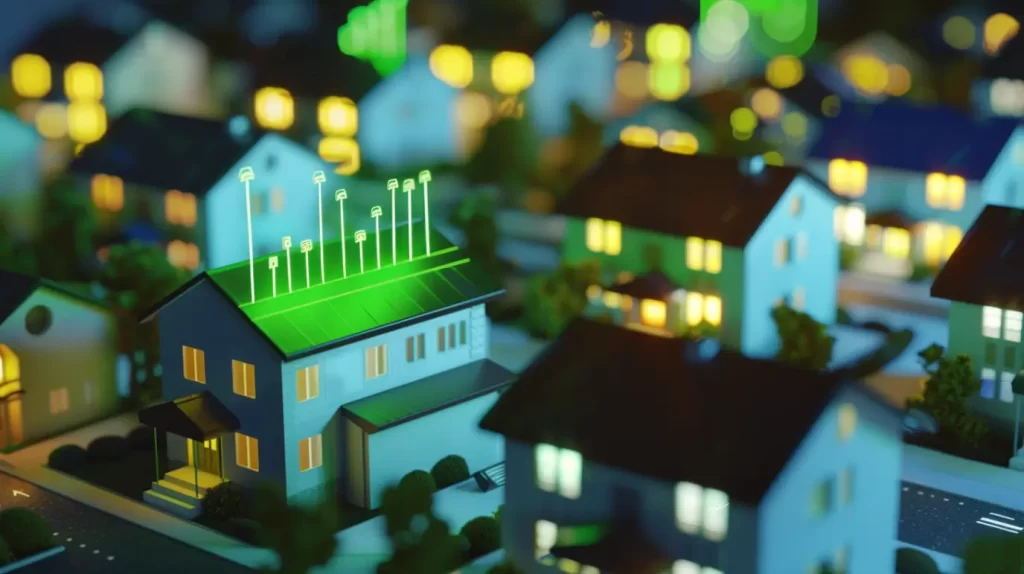
Energy-Efficient Roofing for Anaheim’s Climate
Anaheim’s unique weather necessitates energy-efficient roofing materials to combat high energy costs and enhance indoor comfort. With significant solar radiation and the urban heat island effect, effective heat control is crucial.
Energy-efficient options, such as cool roofs, minimize heating and cooling needs by reflecting heat, reducing absorption, and lowering greenhouse gas emissions. By selecting these materials, building owners save money while benefiting the environment.
Southern California Weather and Cooling Costs
Southern California has a Mediterranean climate with hot, dry summers and mild, wet winters. This leads to increased energy consumption, especially for air conditioning. Building owners face higher energy costs during peak usage, highlighting the need for effective roofing systems that reduce heat gain. Choosing roofing materials with high solar reflectance can enhance indoor comfort and provide energy savings year-round.
Roof Design and Urban Heat Island Effects
Urban heat islands increase energy consumption in cities, making roof design crucial. Reflective roofing materials with high solar reflectance can significantly reduce heat absorption, enhancing indoor comfort and decreasing air conditioning needs, thereby lowering energy demand.
As urban temperatures rise, selecting appropriate materials becomes essential. Effective choices reduce greenhouse gas emissions and operational costs while improving thermal performance. Ultimately, these measures support human health and create better cities by minimizing emissions and cutting expenses.
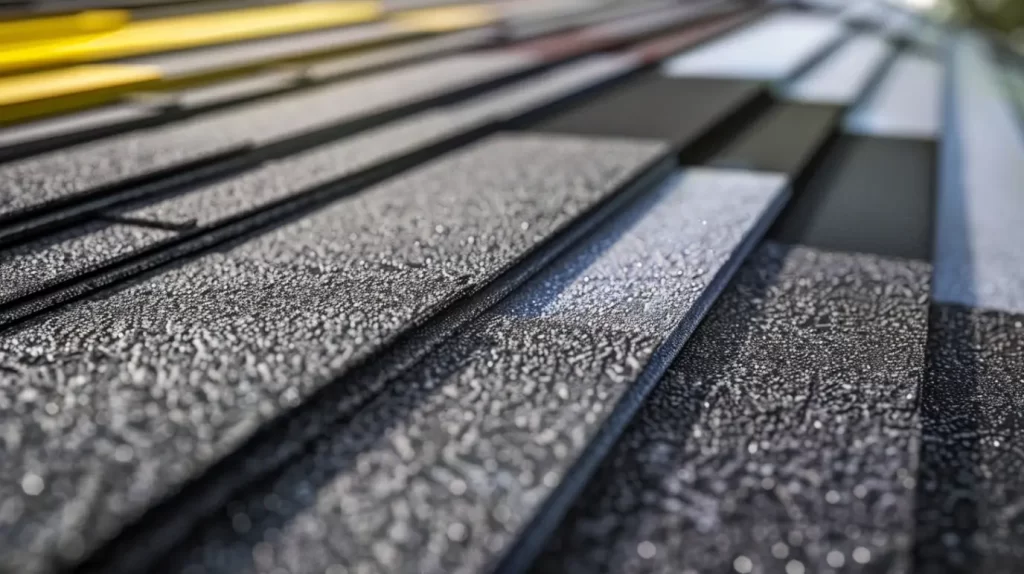
Top Roofing Materials & Technologies for Energy Efficiency
New roofing materials and systems can significantly reduce energy use in buildings. Cool roofs feature high solar reflectance and thermal emittance, reflecting sunlight and releasing heat, which lowers air conditioning costs.
Metal roofing is durable and energy-efficient, while green roofs provide insulation and environmental benefits. By incorporating these advanced systems, buildings absorb less heat, reduce their carbon footprint, improve the built environment, and enhance thermal performance.
Cool Roofs vs. Metal & Reflective Roofing
Choosing the right roofing system enhances energy efficiency and indoor comfort. Cool roofs reflect sunlight, reducing heat absorption and cooling costs, particularly in warm climates. Metal roofs are durable with excellent thermal performance, minimizing heat transfer and maximizing energy savings. Reflective roofing systems similarly improve building envelope efficiency. These options lower greenhouse gas emissions and operational costs, providing commercial properties effective ways to save energy and support environmental sustainability.
Benefits of Green Roofs for Businesses and HOAs
Green roofs provide significant benefits for commercial buildings and homeowners’ associations. They enhance energy efficiency by reducing heat absorption and improving insulation, leading to lower energy bills and operational costs. Additionally, they improve indoor comfort by stabilizing temperatures and enhancing air quality.
These roofs also mitigate the urban heat island effect, contributing to cooler surroundings. Environmentally, they promote sustainability and increase local biodiversity by attracting more plants and animals. Furthermore, green roofs can enhance property aesthetics, potentially increasing its value.
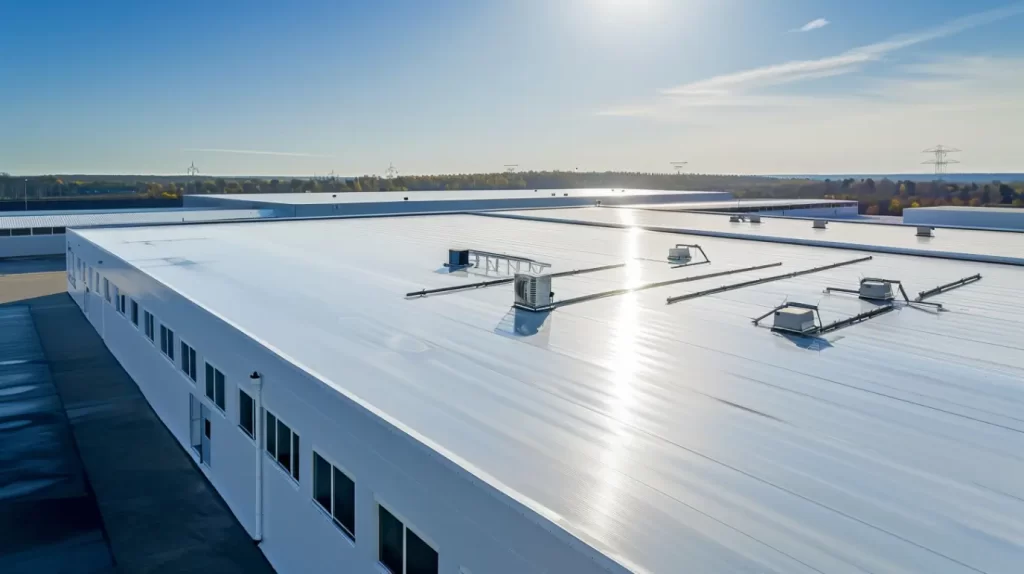
Energy Performance Gains Through Fontaine Roofing
Fontaine Roofing employs smart strategies to enhance efficiency in commercial buildings, tailored to Anaheim’s unique climate. By selecting roofing materials with high solar reflectance, they reduce heat gain, lowering power consumption and operational costs for owners.
Our Awards and Certifications
Renowned in the roofing industry for our high standards, we have received numerous awards and certifications that highlight our commitment to energy efficiency and sustainability. Our certifications from leading organizations demonstrate our expertise in advanced roofing systems that reduce energy consumption and enhance thermal performance. By selecting top-quality materials, we lower operational costs and minimize environmental impact, providing building owners with confidence in meeting top efficiency standards.
Working with Top Brands
Partnering with leading brands like GAF, CertainTeed, and Polyglass provides businesses with robust roofing materials. These companies introduce innovative solutions that reduce energy consumption and daily costs. Their roofing systems enhance energy efficiency, improve thermal performance, and ensure indoor comfort. This collaboration not only helps business owners save money but also benefits the environment, allowing them to stand out in a market focused on sustainability.
Your Next Steps
Focusing on roofing can make a building look better and help with energy efficiency. The right roofing materials and updated technologies, such as those offered by Fontaine Roofing in Anaheim, CA, let building owners cut down energy consumption. This can lower operational costs and help with their environmental impact. As the world changes lately, energy efficiency has become important for commercial properties in urban areas. Installing a strong roofing system from Fontaine Roofing gives people good cost savings and helps make the built environment healthier too.
Read our blog: Creating a Maintenance Schedule That Meets HOA Standards
Frequently Asked Questions
Are metal roofs truly more energy-efficient than traditional roofing materials?
Metal roofs are more energy-efficient than other materials because they reflect sunlight, reducing heat absorption. This lowers cooling costs and enhances indoor comfort. Choosing metal roofs is a sustainable option for those seeking improved energy efficiency.
What are the long-term savings and environmental impacts of modern roofing systems?
Modern roofing systems help you save money over time. The energy efficiency they offer can lower the need for cooling each year. These roofs also need less upkeep, so you spend less. For the environment, roofs help in smaller carbon footprints. The materials used are recyclable. Stormwater can be managed better, making it good for sustainability.

